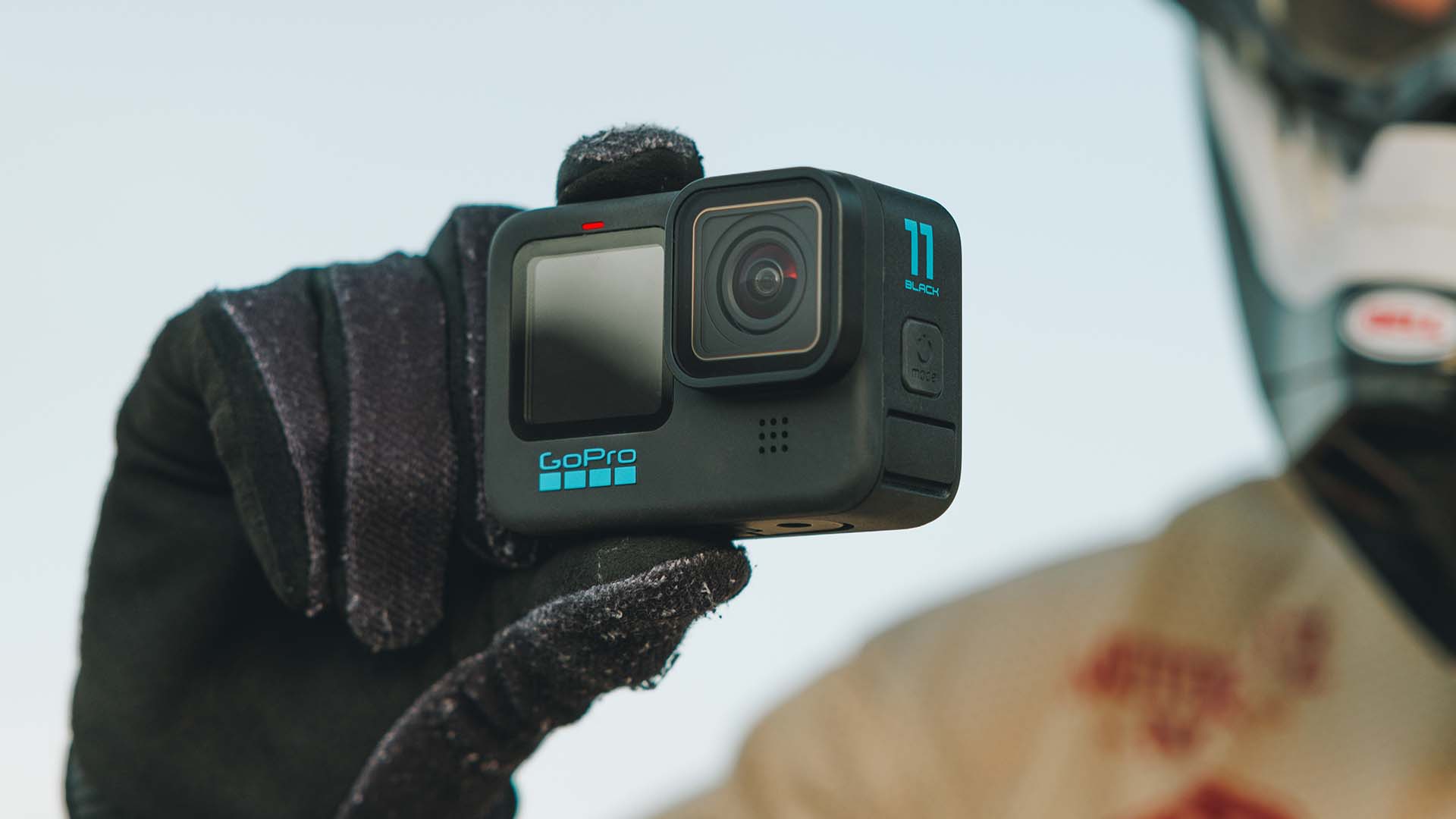
The action camera market is one of the fastest developing, and interesting spheres of camera design and production. After DJI's Action 4 was announced, how can GoPro respond?
In recent years I have built something of an obsession with action cameras. I love the spontaneity of them, and from a technological point of view I find them utterly fascinating. The professional camera sphere has been producing cameras that can give out a cinema worthy image for a huge number of years now, so any increases in image quality and capability tend to be very incremental.
On the other hand, it's much more difficult to make a tiny action camera that shoots ultra high quality imagery. If we look back to 2010 when the HD Hero was released and compare that camera to the current HERO11, there's a huge difference in quality and capability. In the same period of time, sure, there's been advances in imagery in larger cameras, but not nearly to the same degree. I could for example, take photographs with my old Canon 60D and still get wall hanging worthy results out of it. You can certainly still produce great looking footage with a Sony F5 or F55, both of which were released in 2012.
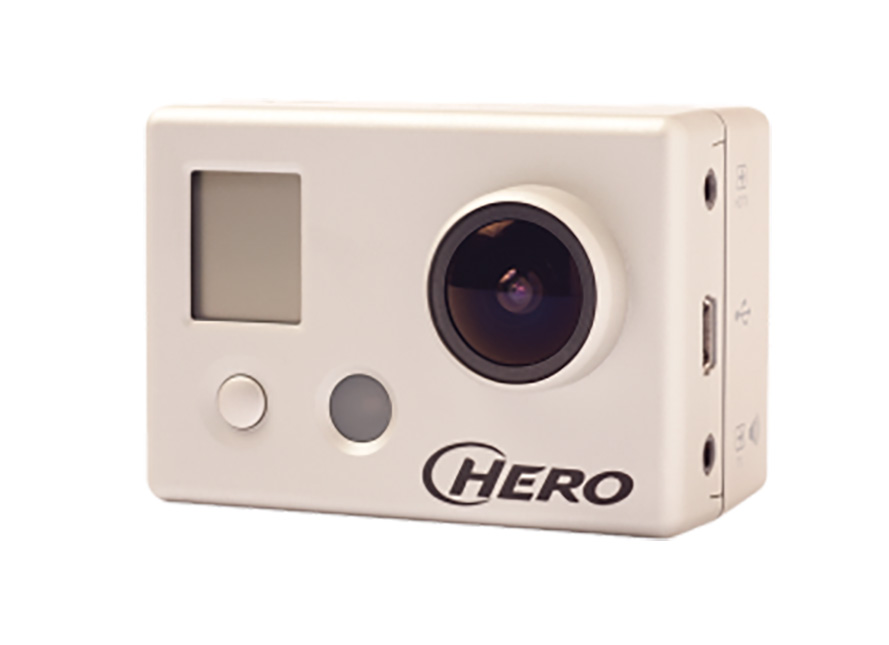
The HD Hero from 2010. Image: GoPro
And so I come to the recent announcement of the DJI Osmo Action 4, and the resultant rumour mill concerning the likely announcement of the GoPro HERO12 in the next couple of months or so, given previous release cycles. The Osmo Action 4 has been getting a lot of attention, and rightly so. The specs promise a camera that finally produces an alternative to GoPro's flagship that offers up its own unique take on things.
As I've mentioned in my review of DJI's Action 3, it has a wider lens with less distortion than the GoPro. Battery life also tends to be better, and it featured PD based fast charging as well. With regard to the Action 4, there's the larger sensor with bigger pixels, producing noticeably better low light performance than the previous model, and the excellent magnetic mounting system. However, current reviews of DJI's latest device compare it to last year's GoPro, the HERO11 Black, which has sent the rumour factories into overdrive concerning potential specs for the forthcoming HERO12.
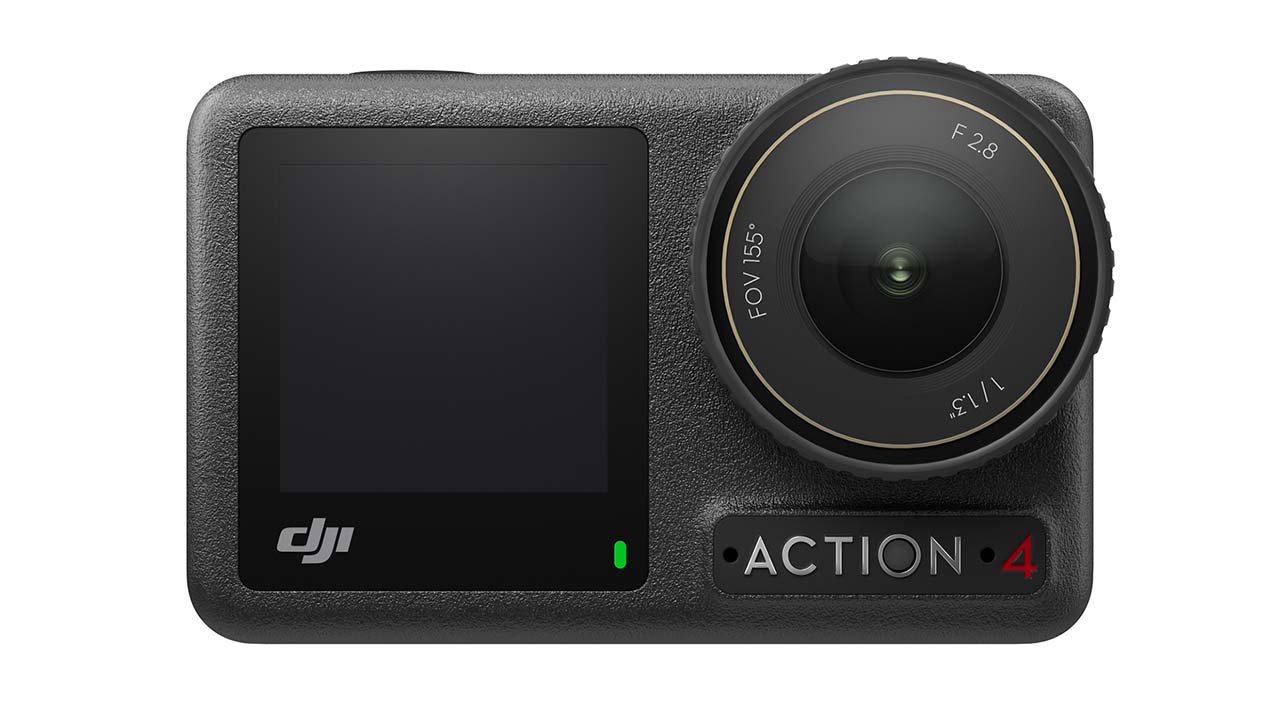
DJI's Osmo Action 4 is now a significant challenger for GoPro's crown. Image: DJI
1-inch sensors do not work on action cameras
A recent 'leak' purporting to show a HERO12 with 4K @ 240fps and a 1-inch sensor have been splurged onto X (the new name for Twitter). Much as such specifications would be a dream come true for many an action camera fan, it is extremely unlikely these rumours are true for a few reasons.
A 1-inch sensor on an action camera doesn't work very well. I'm afraid that is an objective fact, not a subjective one. Why? Well, as anyone who has used Insta360's 1-inch Wide Angle Mod for the ONE R knows, if you put a 1-inch sensor into an action camera with a wide aperture, your minimum focus distance becomes a noticeable distance away. This is a problem for an action camera because a lot of shots taken with such cameras, by their nature, require moderately close focus ability. Even vlogging shots on a selfie stick required the 1-inch Mod to be held a good distance away to ensure that you were in focus.
The second reason is that, at least where Sony is concerned, it doesn't currently produce a 1-inch sensor that matches the resolutions and frame rates required by any new GoPro camera. DJI has eschewed outright resolution in favour of bigger pixels with the Action 4. But, it's extremely unlikely that GoPro would release a new camera with less resolution than the previous one.

The Insta360 ONE R, featuring the 1-inch Wide Angle Mod. Image: Insta360
On the other hand, Sony has released a new 1/1.9" sensor, the IMX677J, which can not only produce 5K resolutions up to 120fps and features a gyro data insertion function for image manipulation, but it's also slightly bigger than the current sensor used in the HERO11. The HERO11's sensor is, as far as we know, 6.40mm x 5.60mm, while the IMX677J is 9.28mm x 8.55mm with a pixel pitch of 1.12µm. Of course, I have no idea if GoPro will be updating its sensor this year, and I have even less of a clue as to whether it will use the IMX677J, although as contenders go it has potential.
What I can say is that it is hugely unlikely, if not impossible, that GoPro will lower the resolution capabilities of its new camera. One of the selling points of the HERO11 was the ability to take high resolution screen grabs from 5.3K video. The DJI Action 4, whilst having potentially better low light performance, maxes out with 10MP dedicated stills, and 8MP still grabs from video, compared to the 27MP dedicated stills from the HERO11 Black and 24.7MP grabs from video.
This is a good reason why we should always take rumours with an enormous grain of salt. Many of the specs that I've seen coming from leaks are more of a wish list than any sort of practical reality. Now, GoPro could surprise us with a 1-inch sensor that bends the laws of optical physics to give us deep focus, both close and far away, but I doubt it. In fact, I recently attended a GoPro event where the company addressed the issue of 1-inch sensors in action cameras directly. So I have a bit of knowledge there directly from the horse's mouth, so to speak.
@Quadro_News Gopro 12 leaked 👀 pic.twitter.com/LaEJG6coz4
— Tech Insights (@tech_insights4U) August 1, 2023
Take the above with an enormous portion of scepticism
How can GoPro fight back?
So, the question then becomes, how does GoPro take the fight back to DJI? If the sensor still has a much higher pixel density, and hence potentially worse low light performance, and the battery life needs improving, what can be done?
There are multiple ways in which these issues can be tackled. The first is that GoPro simply markets the camera as the device of choice for those who want outright resolution; low light performance be damned. For some people that will be fine, since not everyone needs or wants low light performance for the activities they'll be shooting. High resolution stills might still win out for a good number of people.
The second way is an improved processor and improved noise reduction algorithms. Often, the route to better image quality is simply better processing. That's why other types of camera have been able to improve performance from generation to generation even while using the same sensor as the previous model. An improved, new generation of processor is also a potential route to better power and thermal management, too.
Is it likely that the HERO12 will have a new processing unit? It's certainly possible, although the company will want to maximise its investment in the GP2 processor it already has. The GP1 debuted inside the HERO5 Black, and was used in every camera up to the HERO9. By that point it had become a bit tired, and struggled with the processing required. In contrast, the current GP2 SoC has only been in use since the HERO10, and so it seems likely that GoPro will keep it in place for the HERO12, but you never know.
One thing that could change for the HERO12 is the body design. The current overall outward design has been in place since the HERO9, which is the longest that the company has kept a specific form factor for. Previous generations ran for a maximum of two generations before a noticeable redesign. Internally, there were significant changes even from the HERO10 to the HERO11, but we saw no noticeable changes to the outward aesthetic.
It is here that GoPro could score significant 'easy' wins against the competition. From the addition of a larger, more responsive rear touch screen, to the addition of a front touch screen. A fast mode/preset button would also placate a high number of action camera users, particularly if they are using the camera in wet or underwater environments.
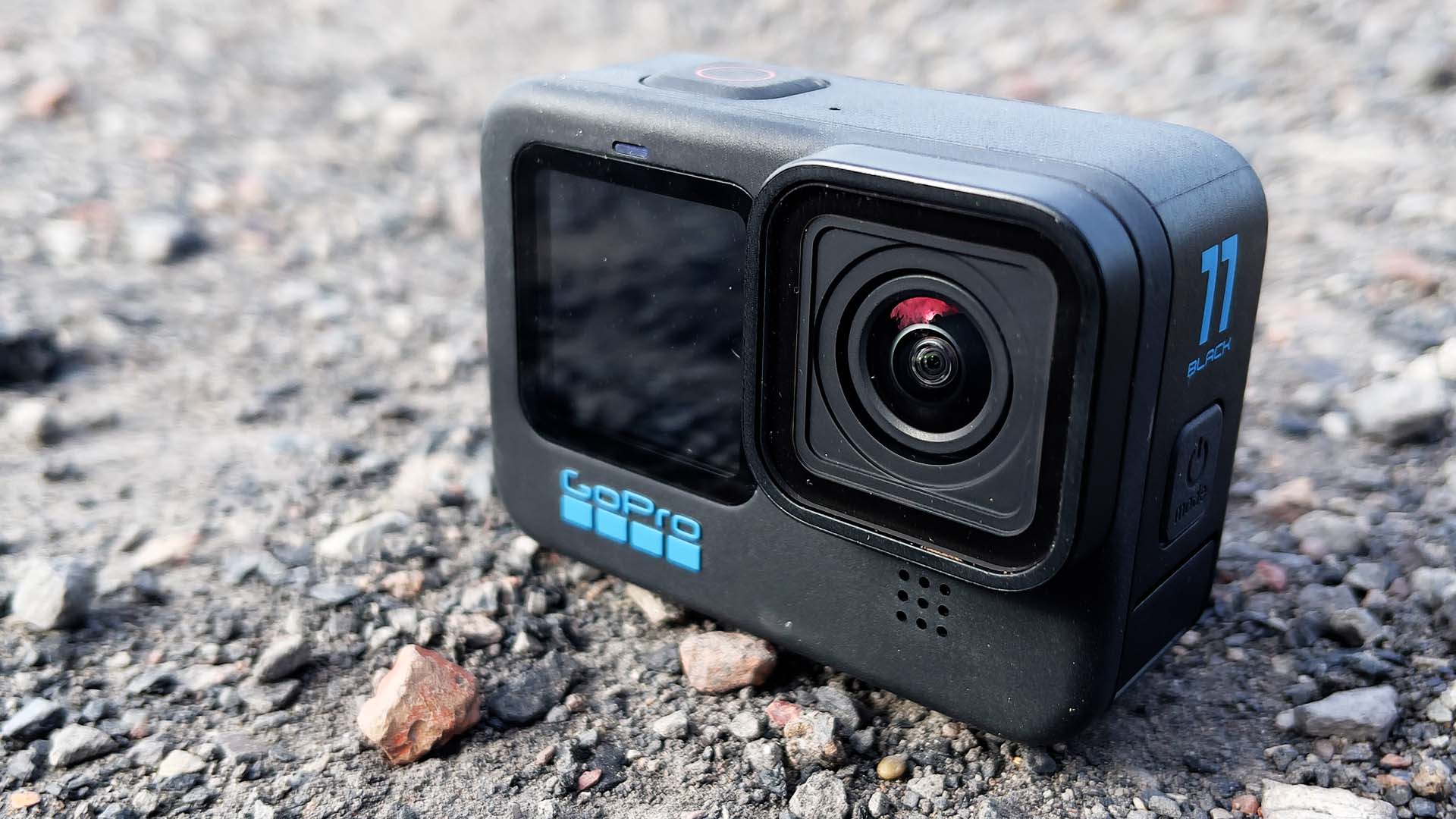
The current overall body design for GoPro has remained the same since the HERO9. Image: Redshark
New lens?
Another way that GoPro can bring the fight back to DJI is with a new, wider lens. Personally, I believe that Superview and Hyperview modes should be retired in favour of a much wider, less distorted lens to equal the one on the DJI camera. Both Superview and Hyperview take a 4:3 or 8:7 image and then perform a dynamic stretch to make the image 16:9. The camera does this by stretching the image more at the sides than in the centre, making for an ultra-wide immersive view that is good for POV. However, it has become a bit of a Neanderthal approach in light of DJI's absolutely superb ultra-wide lens, which not only captures an even wider FOV than the GoPro with no need for a dynamic stretch, but does it with less distortion as well from the outset.
Not only would such a lens improve image quality and the FOV that could be captured, but it would also simplify the user interface by reducing the virtual lens choice to wide and linear. Of course, even with a new wider lens a Superview/Hyperview style mode would still be possible by using the full height of the 8x7 ratio sensor, but it would still simplify things by removing one of the options.
New mounting system
DJI's original magnetic mounting system on the Action 2 was a great idea, but it wasn't as robust as I would have liked. However, with the Action 3, DJI addressed its shortcomings, and now it is a highly reliable and strong system. It's one of the main selling points of the camera.

The underside of the the DJI Osmo Action 3, showing the magnetic mount clip points.
The current GoPro mounting system does have a QR style base available, but it only works on some mounts, meaning that most of the time you have to go through the annoyance of unscrewing the camera from one mount and placing it onto the new one. So time consuming is it, that it prevents me from wanting to get multiple angles a lot of the time. On the other hand, swapping the DJI Action 3/4 from one mount to another takes mere seconds. I know that DJI's magnetic mounting system is a reason some users went for its cameras instead of GoPro from the outset.
The trouble is that GoPro's mounting system has become a standard, but as we've seen from DJI's cameras, the magnetic system can be made to work very well with what could end up being GoPro's legacy mounting method. I see a new, much faster mounting system as being something that should be a priority for GoPro. No doubt the company will be aware of the positive comments that have been in abundance for DJI's system, so with any luck it will have put some consideration into this area.
Conclusion: We need another HERO
To conclude, DJI has shown the way with improvements to its cameras that truly benefit daily use. For GoPro to keep its crown, the HERO12 will need to go much further than simple resolution and frame rate boosts, instead requiring some potentially significant physical design changes, too. How this all gets resolved, we'll see in the coming months, but as always with this particular market I'll find it fascinating to watch it all unfold.

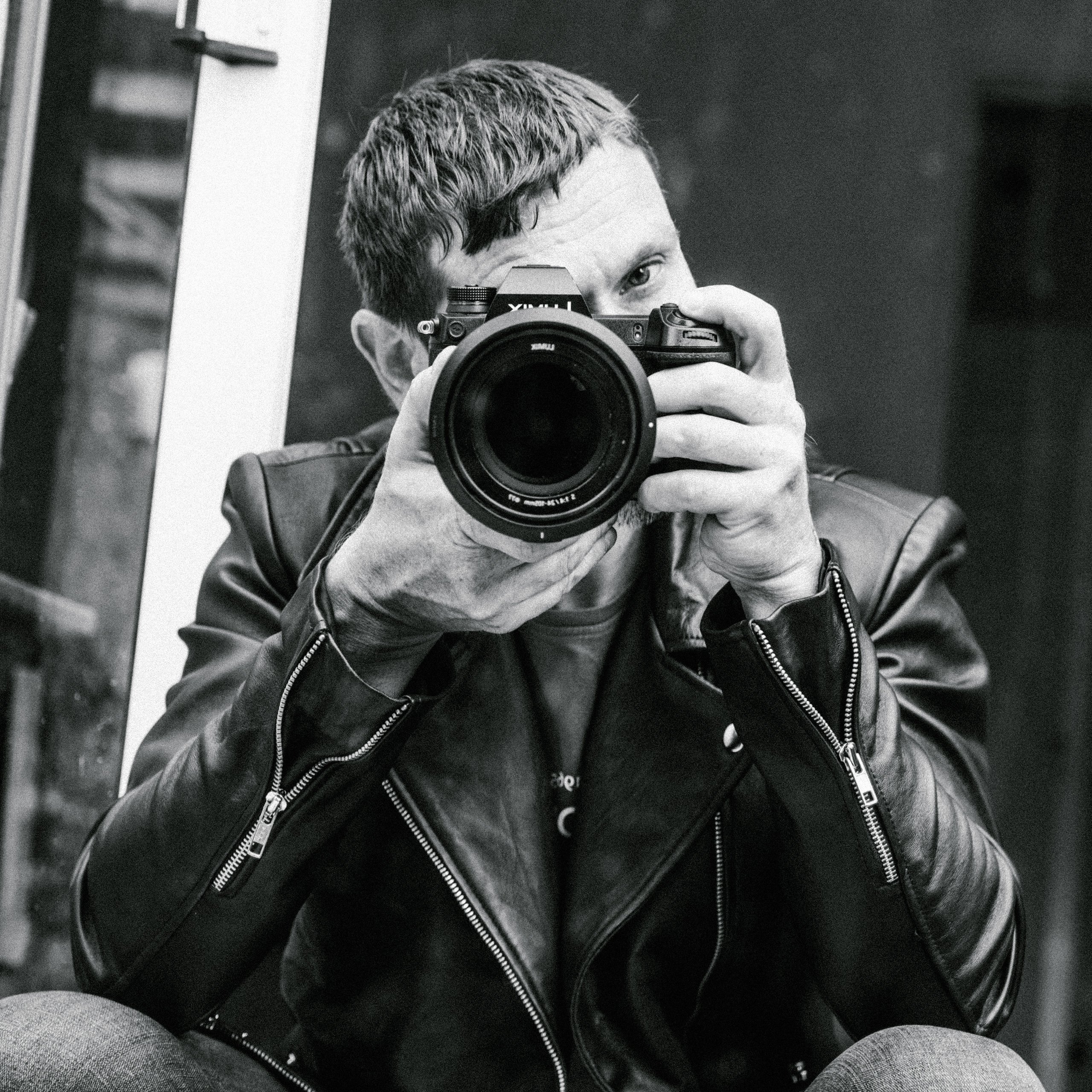
Comments